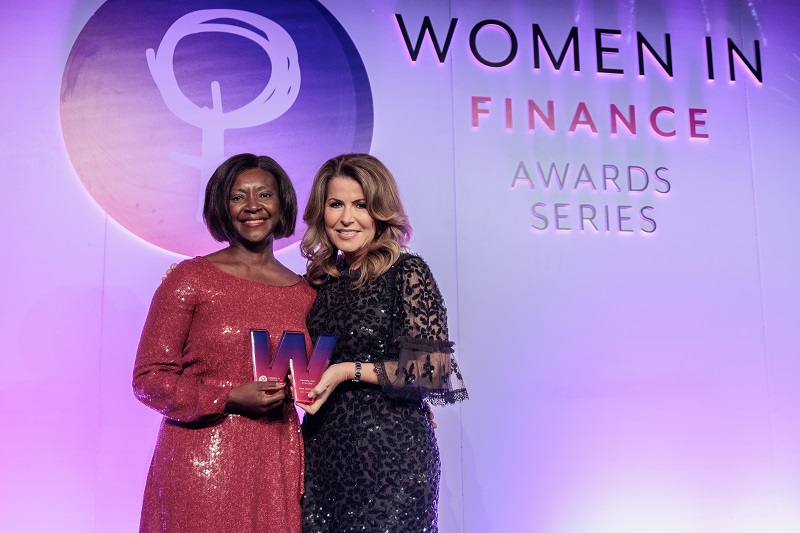Jacob Bailey Group’s Shaun Bailey believes a diverse junior board can help businesses achieve its wider goals, from idea creation to knowledge sharing.
The business case for hiring diverse talent has been in the public eye for years now, but how many firms actually see the value in having an inclusive workforce? According to branding expert Shaun Bailey, it’s about knowledge and idea creation, and an opportunity businesses cannot afford to miss.
“When it comes to marketing, it’s all about the one-to-one experience,” he says. “What I find more increasingly is the rise of individualism. You get to choose the colour of car online, you get to choose the design of your trainers online. Everything’s about getting what you want, when you want it, how you want it. We’re all becoming very aware of our own individualism, and the need to appeal to that.”
When businesses bring people of varying backgrounds and experiences together, you inevitably bring a variety of different audiences into problem-solving and brainstorming, Bailey adds, which is when you get richer idea generation. “Surely, this is an approach that can not only expose board decision making to a much wider group that we’re empowering and being more inclusive, it can actually help widen out the ideas.”
According to Bailey, the benefits of having an inclusive and diverse workforce needs to be stressed even further with more. “What would be really helpful is more research around diverse decision-making and the performance of those organisation. I don’t know how concrete the methodology behind this, but I read the 2015 McKinsey diversity report, and it showed that a gender diverse organisation is likely to increase profits by 15 per cent, and having a diverse decision-making team could increase profits by 35 per cent,” he adds.
“Diverse teams lead to better decision-making, which then leads to better productivity, which then leads to better profitability. When you bring a more diverse group of people together to solve problems, the opportunity to cross-share knowledge helps us fill the gaps we might have as individuals in our understanding what the drivers are for decision-making.”
At the helm of Jacob Bailey Group, Shaun Bailey has seen the world of marketing and branding evolve over the past years. “In our industry, we need to promote and position brands, products and services to an ever increasingly individual and diverse society. From that point of view, our agency also needs to be able to reflect that, as in all industries,” he explains.
“When I was the chair of the Agencies Council, I approached a lot of agencies and asked them if they had any rising stars. At the Council, there were a lot of CEOs, directors, and heads of, but we really wanted to bring in a fresh perspective that can diversify the thinking of the council.”
After including these younger, diverse group of ‘rising stars’ to the council, Bailey noticed the dynamic of the board change, which was a real turning point for him.
“Just by having a more diverse representation, it brought a change to the way everyone else behaved and looked at problems as well. It kind of stuck with me how the energy and diverse viewpoint can really change the dynamic in a room.”
This is where the idea of creating a junior board within the agency came in, and this opened up the opportunity to bring in a different composition of people, with different skills, backgrounds and experiences, to get involved in board decisions. To this end, Jacob Bailey launched a new junior board that encompasses diversity and inclusion, called the Brilliant Experiences Board. This board helps encourage diversity across the business, while tackling board-level business issues in three key categories: people, processes and growth.
He believes this model can be applied in various sectors, as long as they are appealing to the individualism of our society.
“This can absolutely be applied to any industry. Boards need to think about how they can empower, motivate, and encourage a junior board that brings a very diverse skill set and background. They need to then set (the junior board) some of the problems, challenges and opportunities that the business is trying to solve, and see what they come up with. I think it’s a win-win situation.”








